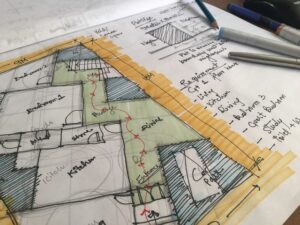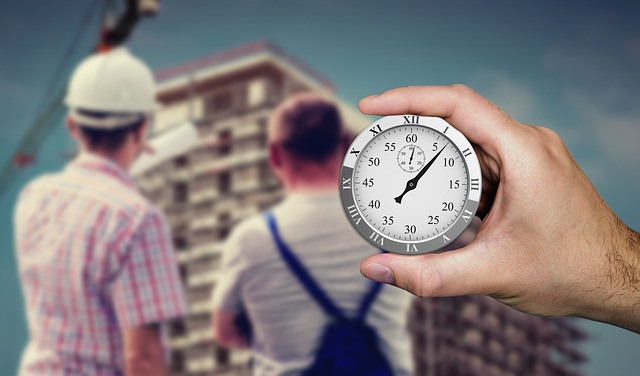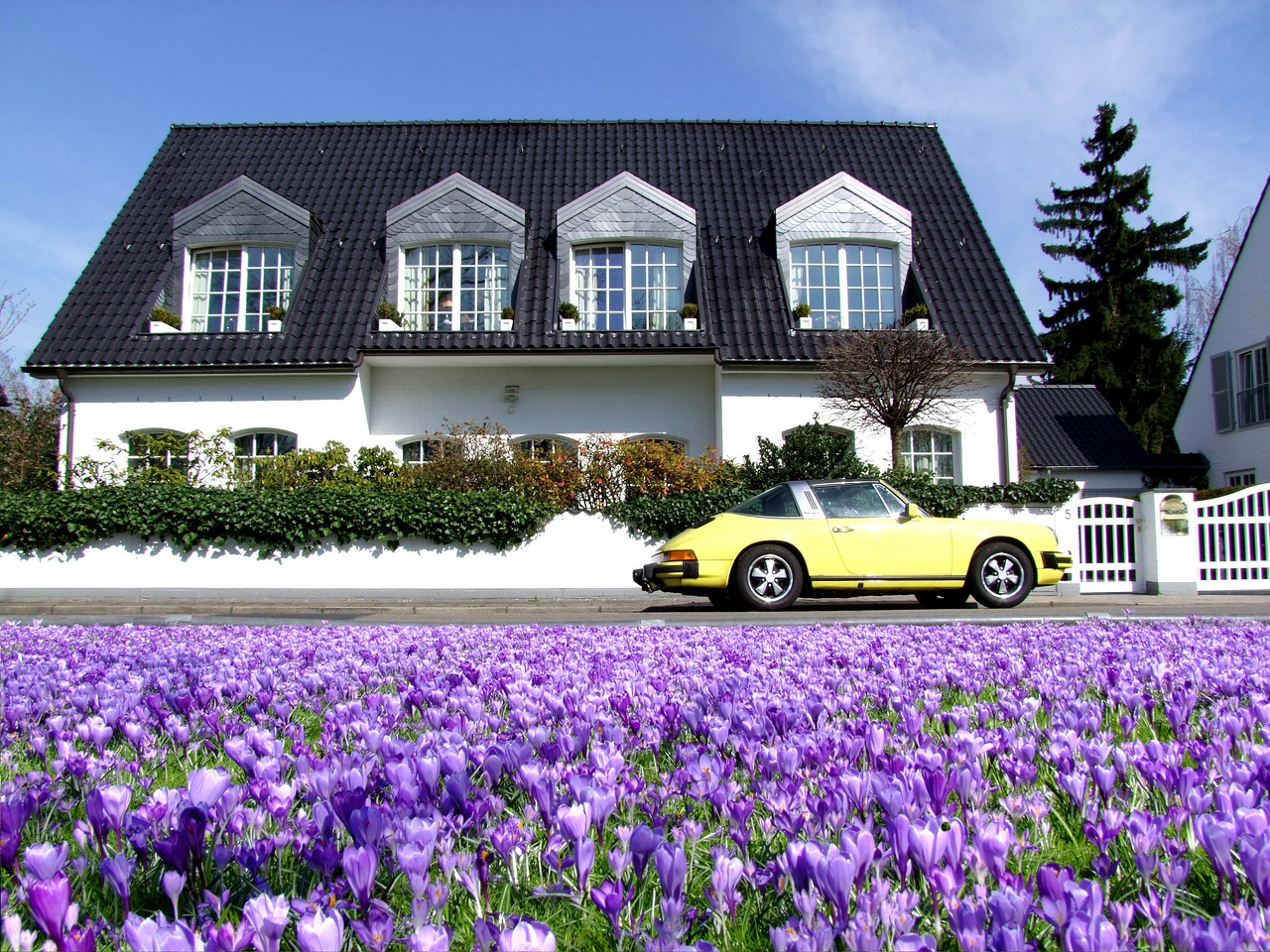Welcome to your journey of finding the home you’ve always dreamed about. They say home is where the heart is, and we couldn’t agree more. Whether you’re a first-time buyer or an experienced homeowner looking for an upgrade, choosing the right design for your dream home can be a daunting task. But fear not. This comprehensive guide will walk you through everything you need to know to make this important decision with confidence and ensure that every inch of your new abode reflects your unique style and personality.
Lifestyle Assessment
 If you read real estate-themed sites like exzellent-massivhaus.de/5218-2/, you will learn that before diving into the world of home design, you need to take a step back and reflect on your lifestyle. Consider your daily routines, family size, and how you use different spaces in your current home. Are you an entertainer who needs a spacious kitchen and living area, or do you require a quiet home office?
If you read real estate-themed sites like exzellent-massivhaus.de/5218-2/, you will learn that before diving into the world of home design, you need to take a step back and reflect on your lifestyle. Consider your daily routines, family size, and how you use different spaces in your current home. Are you an entertainer who needs a spacious kitchen and living area, or do you require a quiet home office?
Do you have a growing family that needs multiple bedrooms and play areas? Analyzing your lifestyle will provide crucial insights into the type of design that suits your needs.
Future Planning
Your home should be a long-term investment that accommodates your evolving needs. Think about your future plans, such as expanding your family or downsizing as you approach retirement. Opting for a flexible home design that can adapt to these changes will save you the trouble and expense of remodeling or moving in the future.

Architectural Style
Consider the architectural style that resonates with you and complements the neighborhood. Whether you prefer a modern, minimalist aesthetic or a more traditional, classic look, your home’s design should reflect your taste while blending harmoniously with the surrounding environment. Explore different styles and find inspiration from architectural magazines, online platforms, or local neighborhoods.
Budget and Cost Considerations
Set a realistic budget for your home project early in the planning phase. The budget will influence the size, complexity, and finishes of your home design. Ensure that your design aligns with your budgetary constraints to avoid financial stress during the construction process. It’s also wise to set aside a contingency fund for unforeseen expenses that may arise.
Energy Efficiency and Sustainability
Incorporating energy-efficient and sustainable features into your home design is not only environmentally responsible but also cost-effective in the long run. Look for designs that prioritize natural lighting, efficient insulation, and energy-saving appliances. Consider eco-friendly building materials and technologies that reduce your carbon footprint while enhancing the comfort and value of your home.
Space Utilization
Efficient space utilization is a hallmark of good home design. Analyze the layout of the rooms, the flow between spaces, and the overall functionality. Are there any wasted or underutilized areas? Ensure that your chosen design optimizes every square foot to meet your needs and enhance daily living.
Consult a Professional Architect
 Working with a professional architect is a valuable step in the process of selecting the right home design. Architects have the expertise to translate your ideas into practical, aesthetically pleasing, and structurally sound designs. They can provide innovative solutions and ensure that your design complies with local building codes and regulations.
Working with a professional architect is a valuable step in the process of selecting the right home design. Architects have the expertise to translate your ideas into practical, aesthetically pleasing, and structurally sound designs. They can provide innovative solutions and ensure that your design complies with local building codes and regulations.
Choosing the right home design is a significant decision that influences your lifestyle, future plans, and financial well-being. Take the time to assess your lifestyle, plan for the future, and set a realistic budget. Pay attention to architectural style, energy efficiency, and space utilization. Consulting a professional architect can streamline the process and ensure that your design aligns with your vision and local regulations.

